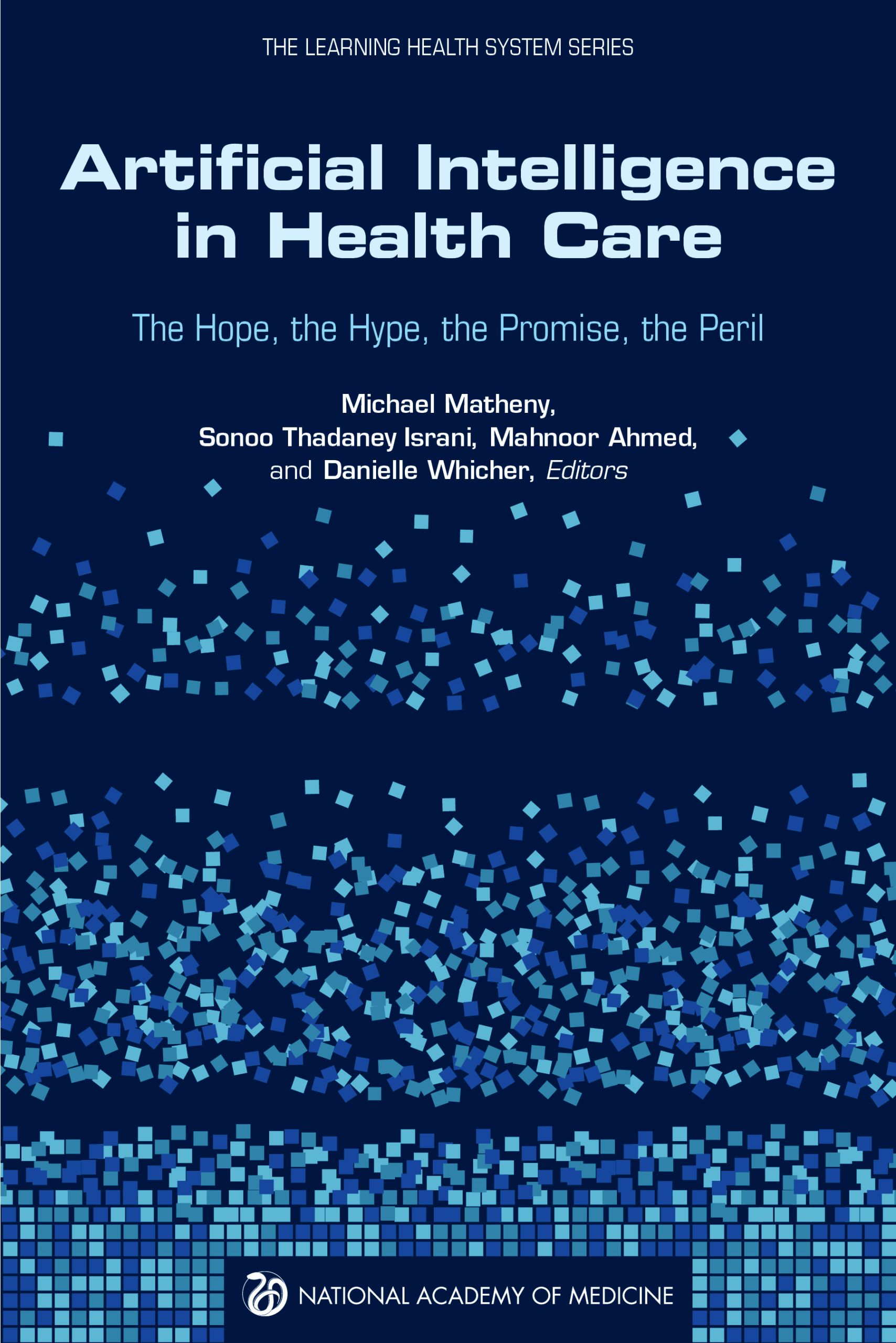Als 99 anys ha mort Victor Fuchs, un economista que ha estat un punt de referència per a l'economia de la salut i la política sanitària. Des del seu llibre inicial "Who shall live?" fins a tants i tants articles que hem llegit, escrivia sempre ponderat i amb sentit comú. La seva defensa de la cobertura universal d'accés als serveis, especialment junt amb Ezequiel Emanuel va ser una mostra de que hi havia una opció de sistema sanitari no mercantilista als USA, tot i mantenint les preferències individuals.
En Bob Evans va classificar els tres paradigmes de l'economia de la salut, en:
- The “Naïve Clinical”,
- The “Mainstream Economic” and
- The “Eclectic Structuralist”.
I cadascun té tres elements, amb una èmfasi diferencial:
- Una visió normativa de com els nivells i patrons d'utilització de serveis han de definir-se
- Una visió positiva de com es defineixen, en determinades condicions,
- Una visió pràctica que fa confluir la recerca, anàlisi i política en allò que realment importa de la salut poblacional
I diu:
For the naïve clinicians, utilization should be determined by patients’ needs, as judged by clinicians. And it will be, subject to the availability of appropriate resources, professionally directed, and the removal of access barriers. This paradigm has very powerful intuitive appeal, to clinicians and patients alike. Research focuses on identifying presently unmet and new needs, and finding better ways to meet them.
For the mainstream economist, utilization should be determined by patients’ preferences and personal resources, as expressed in their willingness to pay at prices reflecting resource opportunity costs. And it will be approximated, subject to the trade-off imposed by insurance that reduces risk but promotes and “overuse”. The paradigm has minimal normative appeal or positive plausibility even to economists outside their professional work. Its’ strength derives from the fact that its predictions and prescriptions can be rigorously formulated, and that it yields recommendations with strong and highly regressive distributive implications. Research focuses on measuring a hypothetical “elasticity of demand” so as to optimize a hypothetical “trade-off” between risk and an idiosyncratic concept of “overuse”. Holders of this perspective seem ambivalent as to whether this would require dismantling the extensive regulatory structure erected in response to the clinical perspective, or whether that structure is simply a mirage that can be ignored.
Eclectic Structuralists essentially accept the normative position of clinicians, but reject their positive claims on empirical grounds. Extensive analysis of actual utilization patterns shows very powerful effects from capacity levels, and the incentives faced by and the motivations embedded in provider organizations. Research focuses on provider behaviour in differing settings, and its relation to evidence of the effectiveness of care.
Doncs bé, jo diria que Victor Fuchs era un estructuralista eclèctic i així ho va mostrar amb els seus treballs. Una visió que evitava la perspectiva normativa si no s'explicitava amb claredat els valors que la sustenten. Es preocupava de la perspectiva positiva i encara més de la narrativa pràctica del significat de la salut poblacional i com assolir-la.
El mes de juny passat feia referència en aquest blog a un llibre que reuneix els seus millors articles. Allà destacava la importància d'explicitar els valors i del treball multidisciplinar en l'economia de la salut. Molts autors malauradament no ho han llegit encara o se n'han oblidat.
En el fons Victor Fuchs va mostrar que l'economia podia tenir una influència pràctica en la política sanitària nord-americana. Ara bé, malauradament a la balança entre coneixement acadèmic i lobbies empresarials, els segons han superat constantment als primers. I això té a veure en com es finança una democràcia, no amb l'economia de la salut.
Fa anys a un congrés internacional d'economia de la salut (iHEA) estàvem parlant abans d'entrar a una sessió. Ho recordo perfectament. Deia: tot això de l'avaluació econòmica i el cost-efectivitat que estem discutint, està molt bé. Explicar el canvi incremental en el cost efectivitat és necessari. Però ens oblidem del dia que l'efectivitat serà molt elevada i el cost també, llavors el cost incremental segons efectivitat assolida superarà qualsevol llindar que ens poguem imaginar. I llavors què farem?. Ja hi som en aquest dia, i mirem cap una altra banda.
Una entrevista magnífica del New York Times l'any 2000, començava així:
Dr. Victor Fuchs is an economist who also sees himself as a humanist, a person who is interested in values and who inquires how economics can help people to think about social problems and arrive at solutions. Economics, he explains, is about choice. It asks how people respond to incentives, how they respond to constraints. And so, Dr. Fuchs observes, ''economics is the quintessential policy science.
No sé fer un resum millor. Ens ha deixat un humanista.
PS. I aquest és l'article que recomanaria a qualsevol que vulgui començar a entendre l'economia de la salut.



